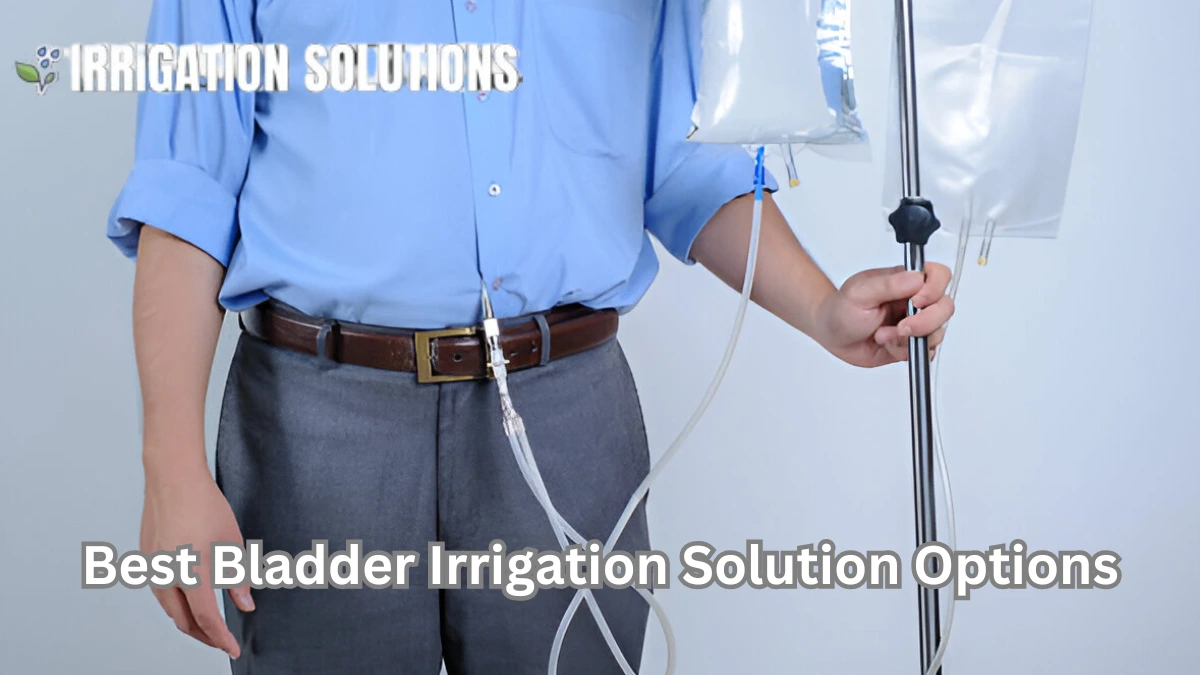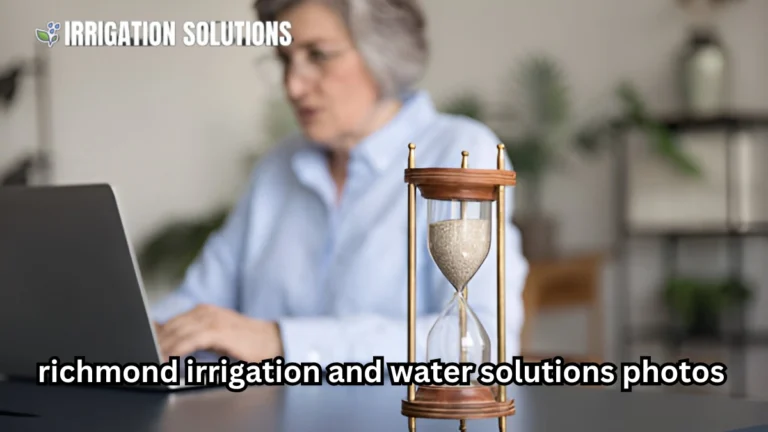Best Bladder Irrigation Solution Options

Bladder irrigation is a critical procedure in urology and healthcare, helping patients manage urinary retention, prevent infection, and maintain bladder irrigation solution health. Whether you’re a medical professional, caregiver, or patient, understanding the various solutions available is essential. This guide provides an in depth look at bladder irrigation solutions, their uses, benefits, and practical applications.
What is bladder irrigation solution?
Bladder irrigation involves flushing the bladder with a liquid solution to clear obstructions, reduce infections, or administer medications. It is often used for individuals with catheters, bladder surgery, or conditions like chronic urinary tract infections (UTIs).
Why is bladder irrigation solution Important?
- Prevents Infections: Regular irrigation helps reduce bacteria and debris buildup, lowering the risk of UTIs.
- Removes Blood Clots and Mucus: After surgeries, irrigation can prevent blockages caused by blood clots.
- Delivers Medications: Certain treatments for bladder conditions require direct application via irrigation.
Common Bladder Irrigation Solutions
The choice of solution depends on the condition being treated, patient needs, and medical recommendations. Here’s an overview of commonly used options:
Sterile Saline Solution
- Purpose: Clears debris, blood clots, and mucus.
- Advantages: Non irritating and widely available.
- When to Use: Post surgery or routine catheter maintenance.
Sterile Water
- Purpose: Similar to saline but less commonly used due to hypotonicity.
- Advantages: Effective for short term use.
- Caution: Prolonged use can disrupt electrolyte balance.
Antibiotic Solutions
- Purpose: Reduces bacterial load in patients prone to UTIs.
- Common Agents: Gentamicin, Polymyxin.
- Considerations: Requires prescription and monitoring for resistance.
Antiseptic Solutions
- Purpose: Disinfects and cleans the bladder.
- Common Types: Chlorhexidine, Povidone iodine.
- Pros and Cons: Effective but may cause irritation in some individuals.
Chemotherapeutic Agents
- Purpose: Treats bladder cancer.
- Examples: Mitomycin, Bacillus Calmette Guérin (BCG).
- Specialized Use: Administered in controlled environments under medical supervision.
How to Perform Bladder Irrigation Safely
Bladder irrigation should always follow a medical provider’s guidance. Below is a general step by step process for intermittent and continuous irrigation:
Intermittent Bladder Irrigation
- Preparation: Gather sterile equipment and wash your hands thoroughly.
- Flush the Catheter: Attach the syringe with irrigation solution to the catheter port.
- Introduce Solution: Slowly inject the solution, ensuring no discomfort.
- Drain the Bladder: Allow the solution and debris to flow out naturally.
Continuous Bladder Irrigation (CBI)
- Setup: Connect the irrigation bag to the catheter.
- Flow Regulation: Adjust the flow rate to maintain a steady, gentle flush.
- Monitoring: Check for clear drainage and absence of blockages.
- Adjust as Needed: Modify the rate based on patient needs.
Key Tips for Safe Irrigation
- Always use sterile equipment to avoid introducing infections.
- Monitor for signs of discomfort, blood, or unusual discharge.
- Follow the prescribed solution and dosage recommendations.
When is Bladder Irrigation Necessary?
Certain medical conditions and procedures make bladder irrigation essential. Here are the most common scenarios:
Post Surgical Recovery
After bladder or prostate surgery, irrigation prevents clots from blocking the catheter. For example, TURP procedures often require continuous irrigation for 24-48 hours.
Chronic Catheter Use
Patients with long term catheters are at a higher risk of catheter associated urinary tract infections (CAUTIs). Regular irrigation minimizes biofilm formation.
Bladder Cancer Treatment
Intravesical chemotherapy requires precise administration through irrigation to deliver drugs like BCG directly to the bladder lining.
Recurrent UTIs
Individuals with frequent infections may benefit from antibiotic or antiseptic irrigation to reduce bacterial colonization.
Risks and Precautions
While bladder irrigation is generally safe, there are potential risks and side effects to consider:
- Irritation and Discomfort: Overuse of antiseptic solutions may cause irritation.
- Infections: Improper technique can introduce bacteria.
- Electrolyte Imbalance: Excessive use of sterile water can affect the body’s balance.
How to Minimize Risks
- Use the correct solution and dosage prescribed by a healthcare provider.
- Ensure all equipment is sterile.
- Monitor for adverse reactions, such as pain, fever, or cloudy urine.
Case Studies and Real Life Applications
Case Study: Preventing CAUTIs in a Long Term Catheter Patient
A 65 year old patient with a permanent catheter experienced frequent UTIs. The healthcare provider implemented weekly saline irrigation, combined with better catheter hygiene. Within three months, the patient’s UTI incidence dropped by 70%.
Case Study: Continuous Irrigation After TURP
A 58 year old man underwent TURP for prostate enlargement. Continuous bladder irrigation with saline for 48 hours prevented clots and ensured a smooth recovery.
FAQs About Bladder Irrigation
Is bladder irrigation painful?
When performed correctly, it should not cause pain. If discomfort occurs, consult your healthcare provider.
How often should bladder irrigation be done?
The frequency depends on the patient’s condition and medical advice. Some require daily irrigation, while others may need it weekly.
Can bladder irrigation prevent UTIs completely?
While it reduces the risk, it does not guarantee complete prevention. Proper hygiene and catheter care are equally important.
Are there alternatives to bladder irrigation?
For some conditions, hydration and oral medications may serve as alternatives. However, always consult your doctor for personalized advice.
Conclusion
Bladder irrigation solutions play a vital role in urological care, offering relief and treatment for various conditions. From sterile saline to chemotherapeutic agents, understanding the right solution for the right situation is critical. By following proper techniques and staying informed, patients and caregivers can ensure effective and safe outcomes.






